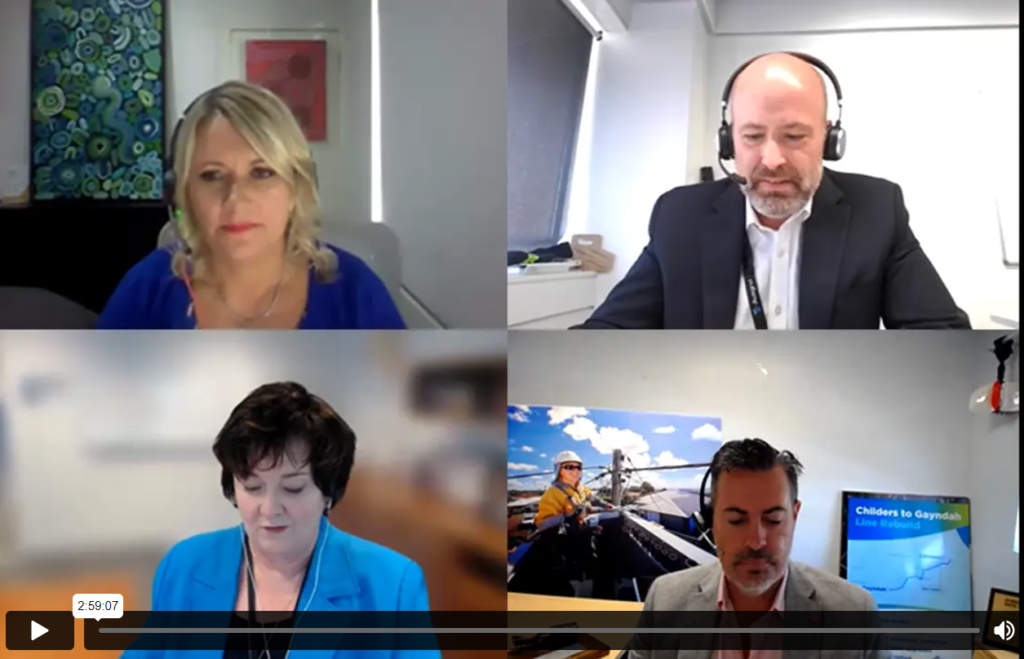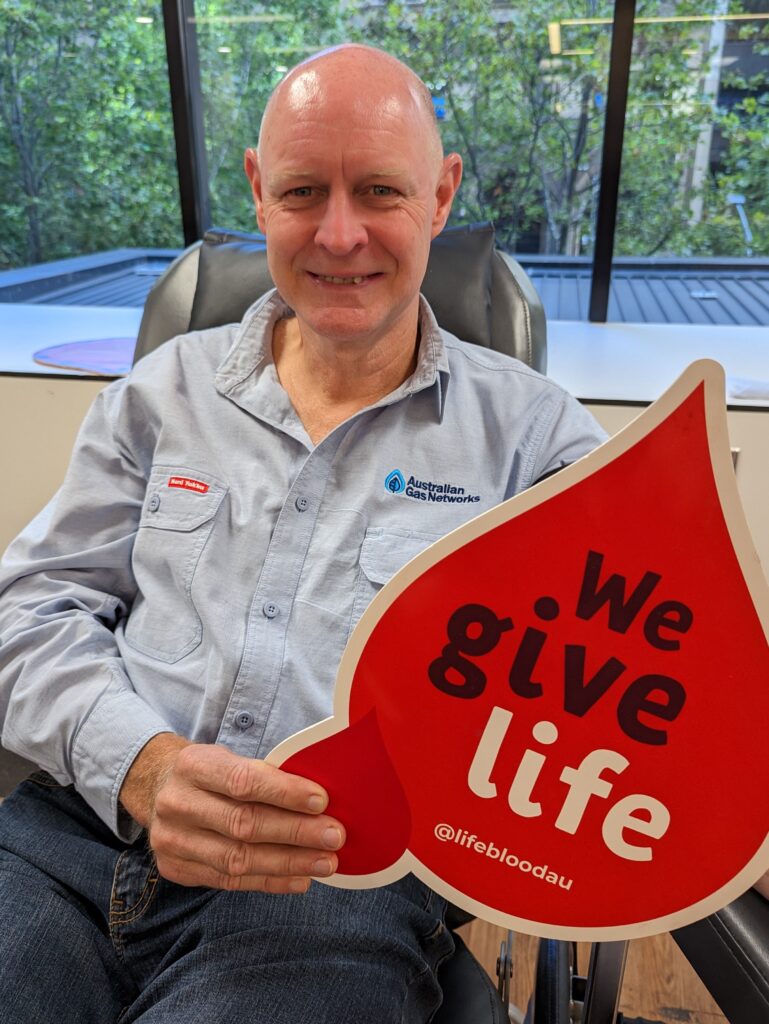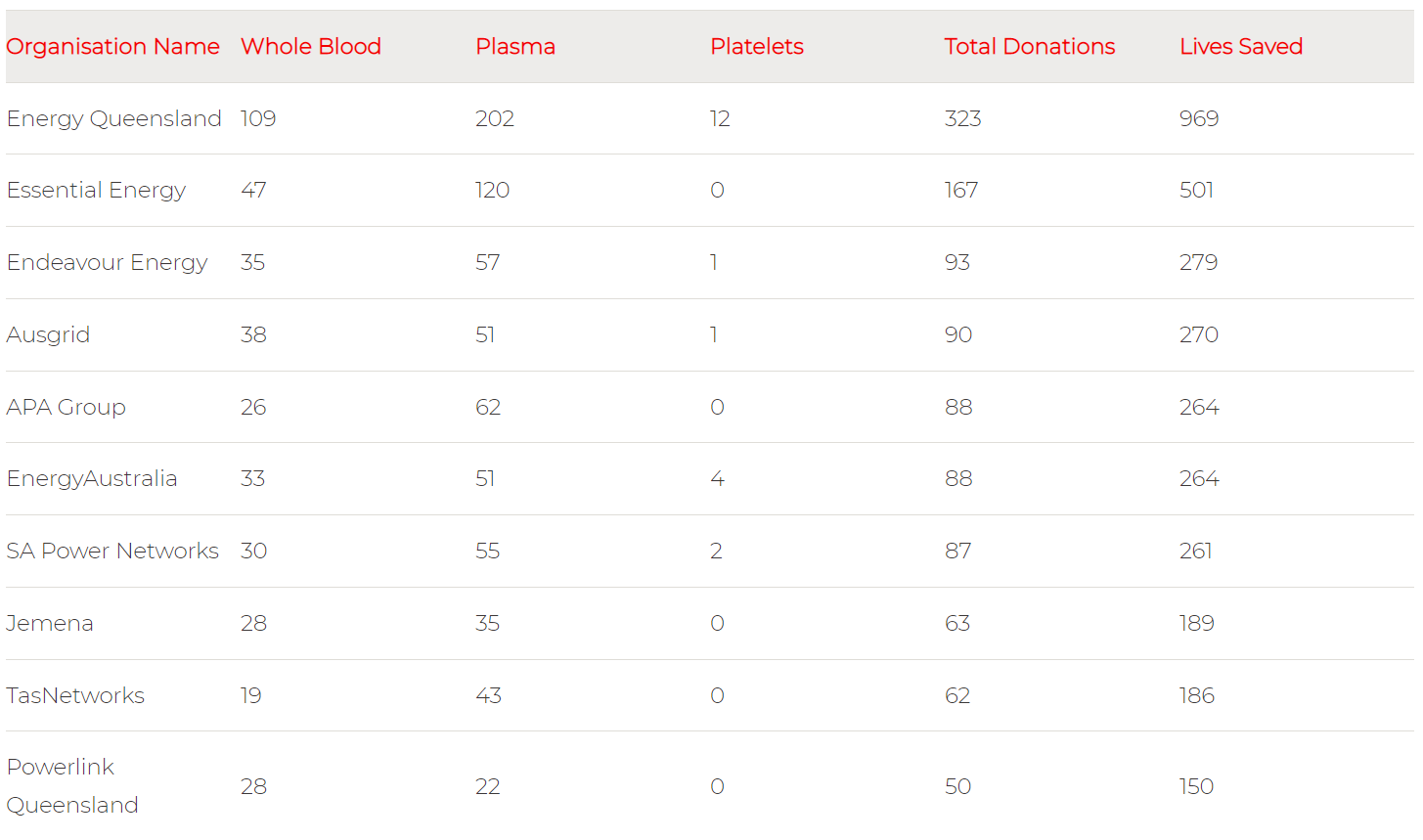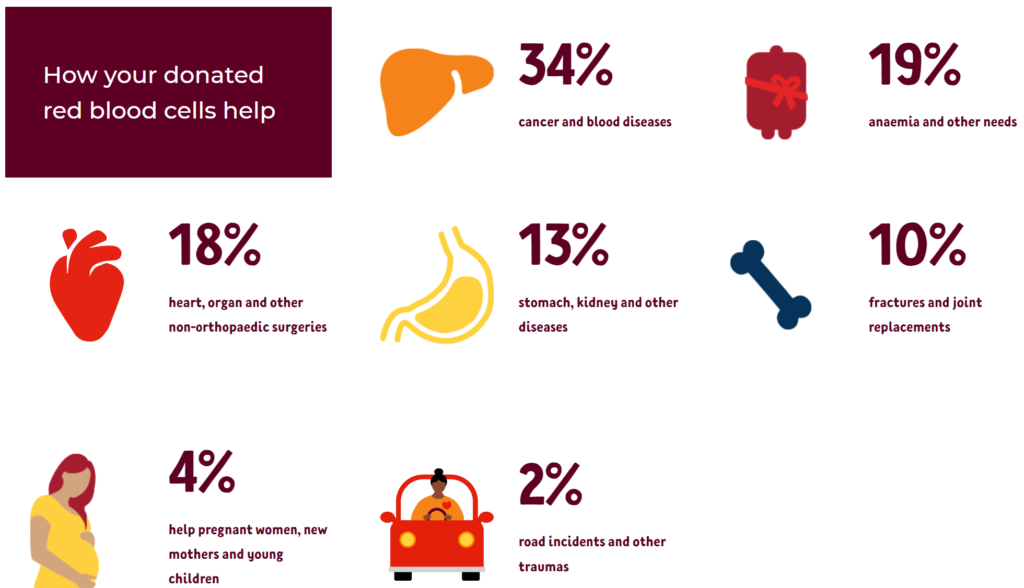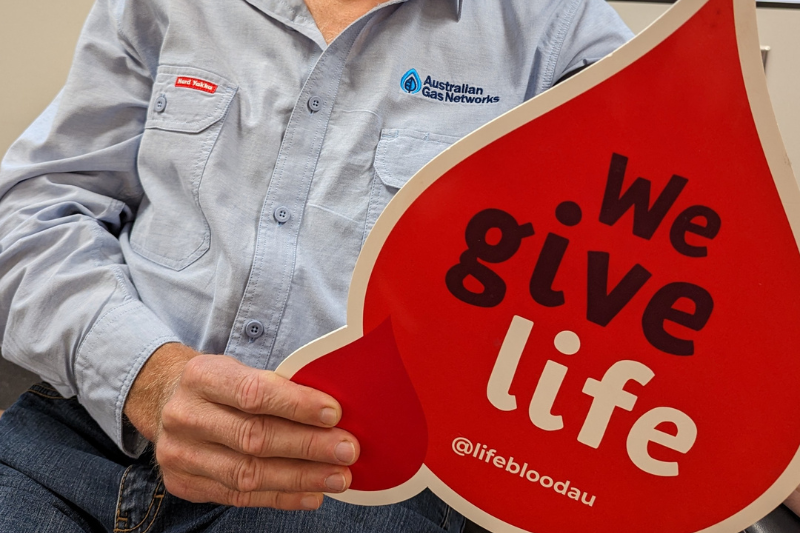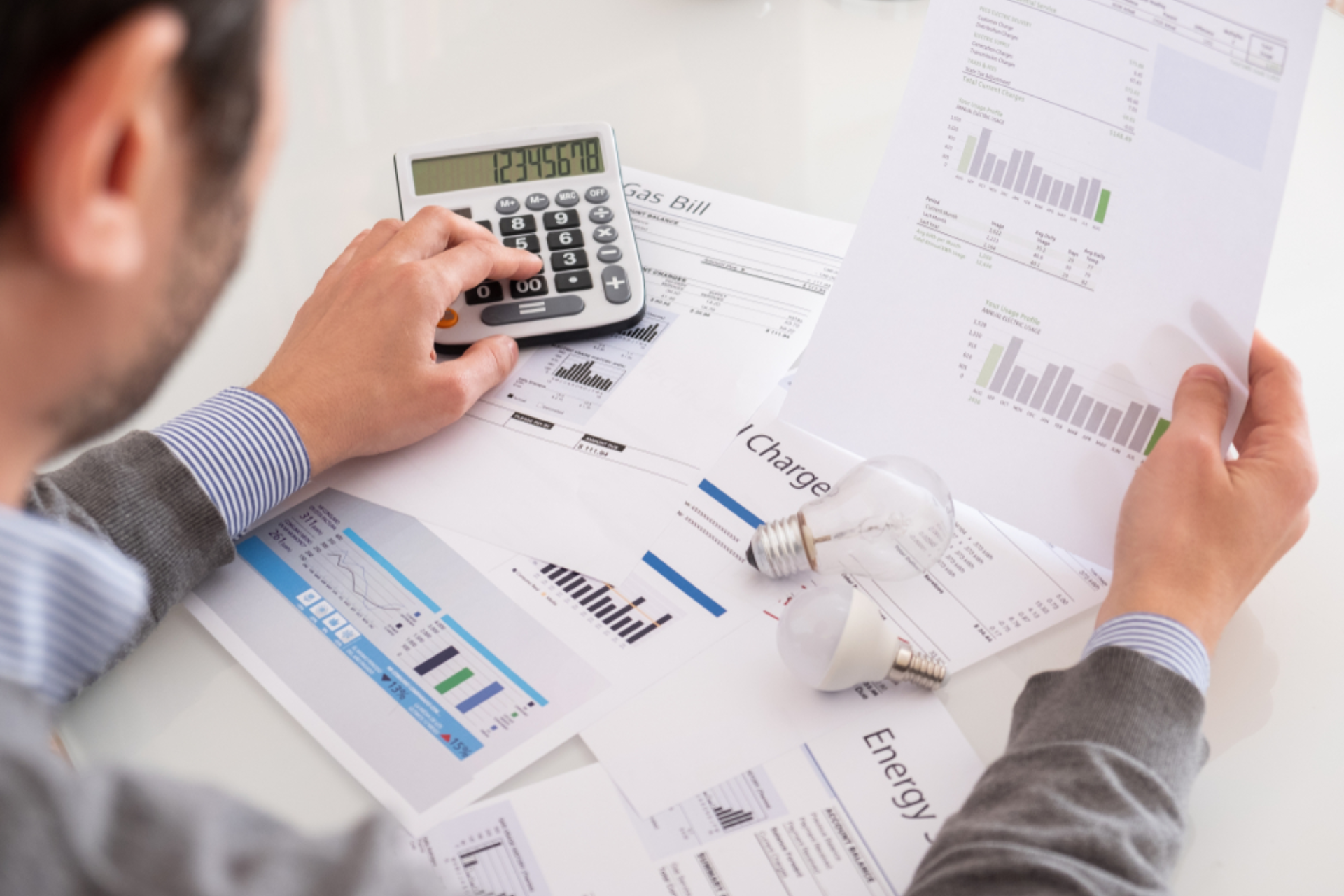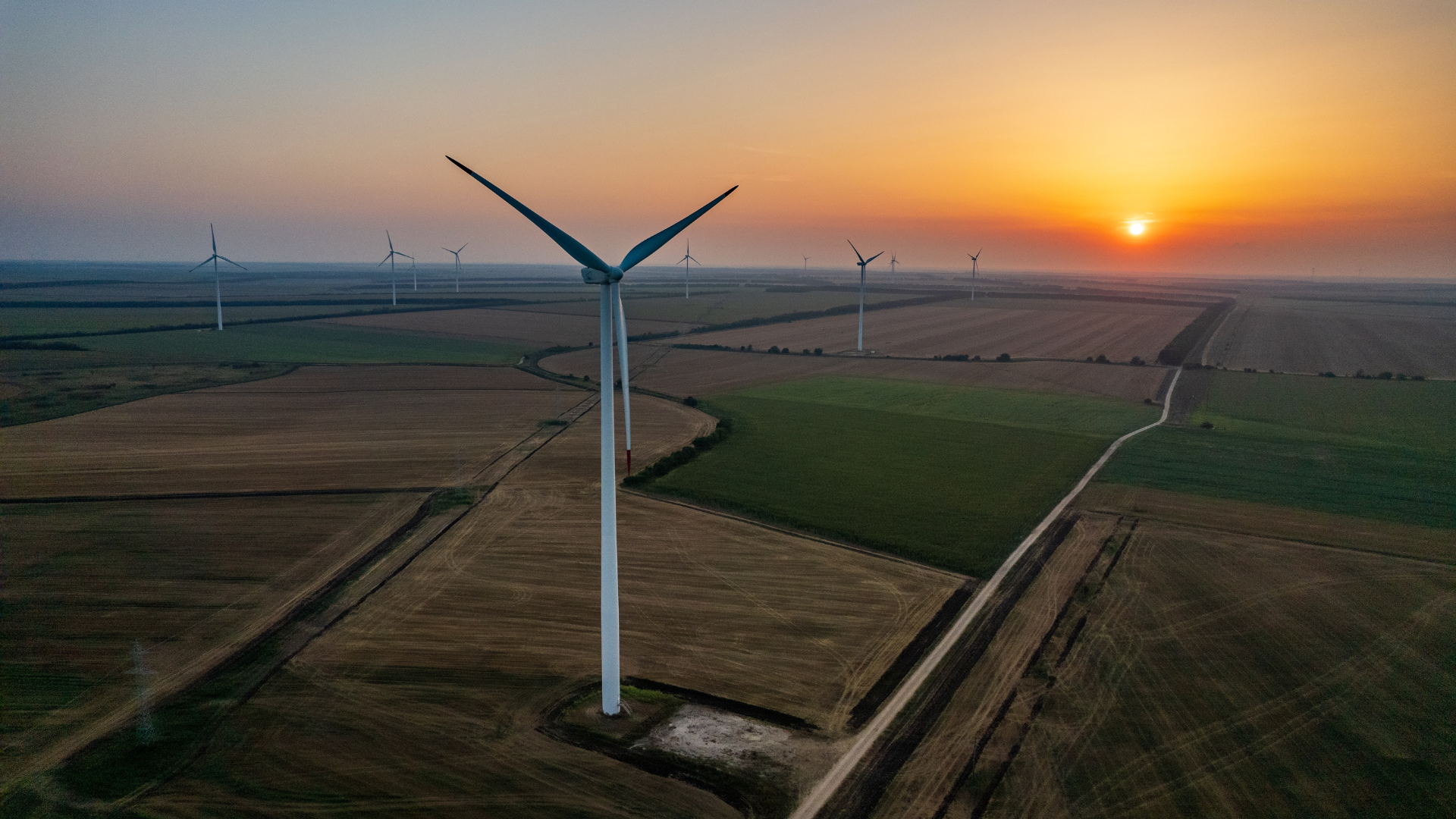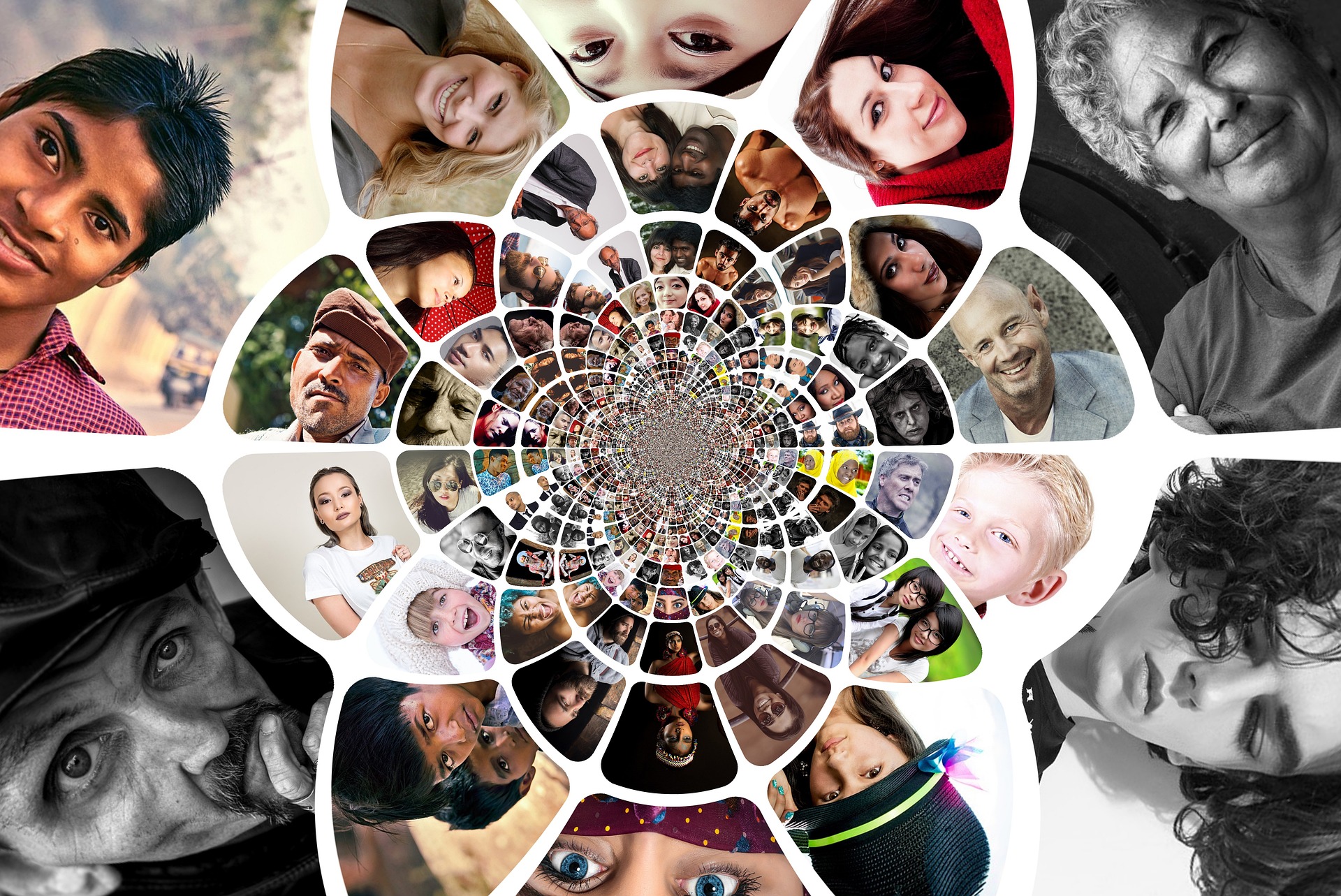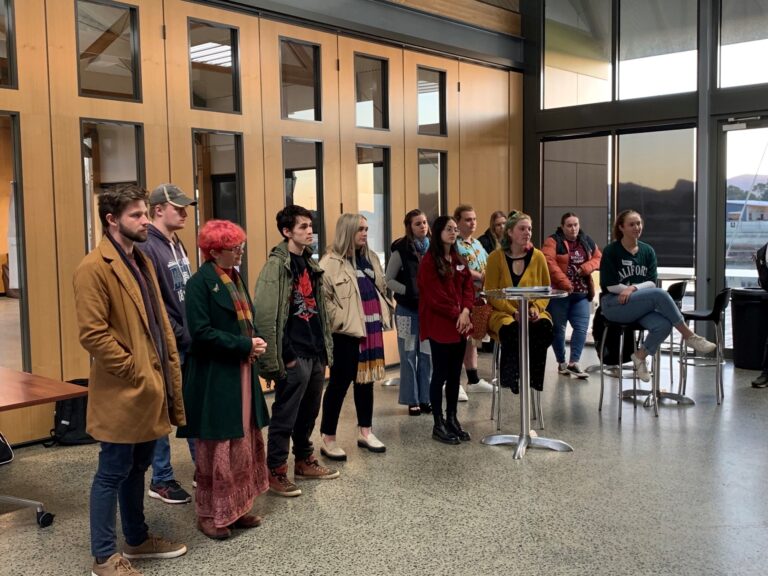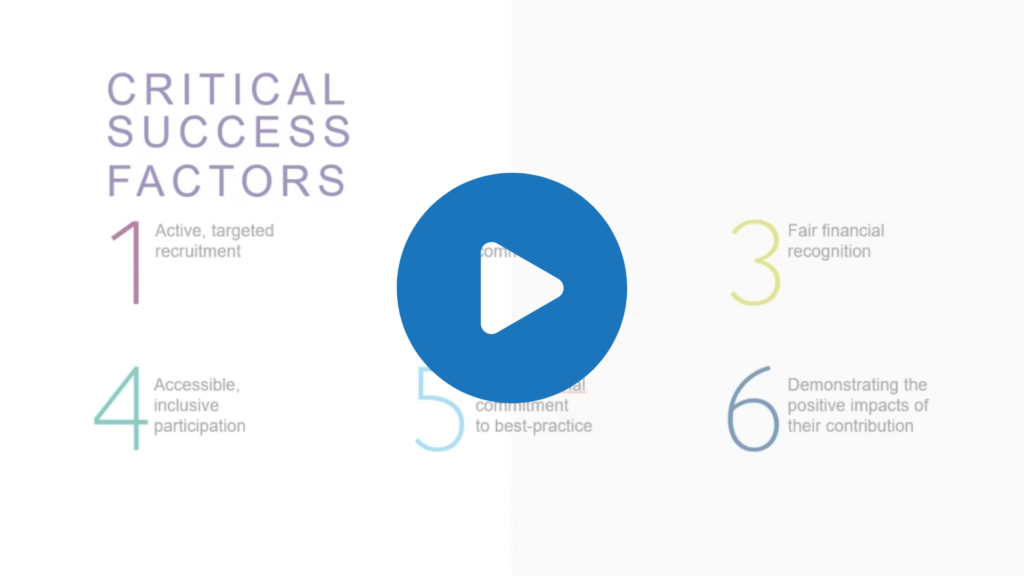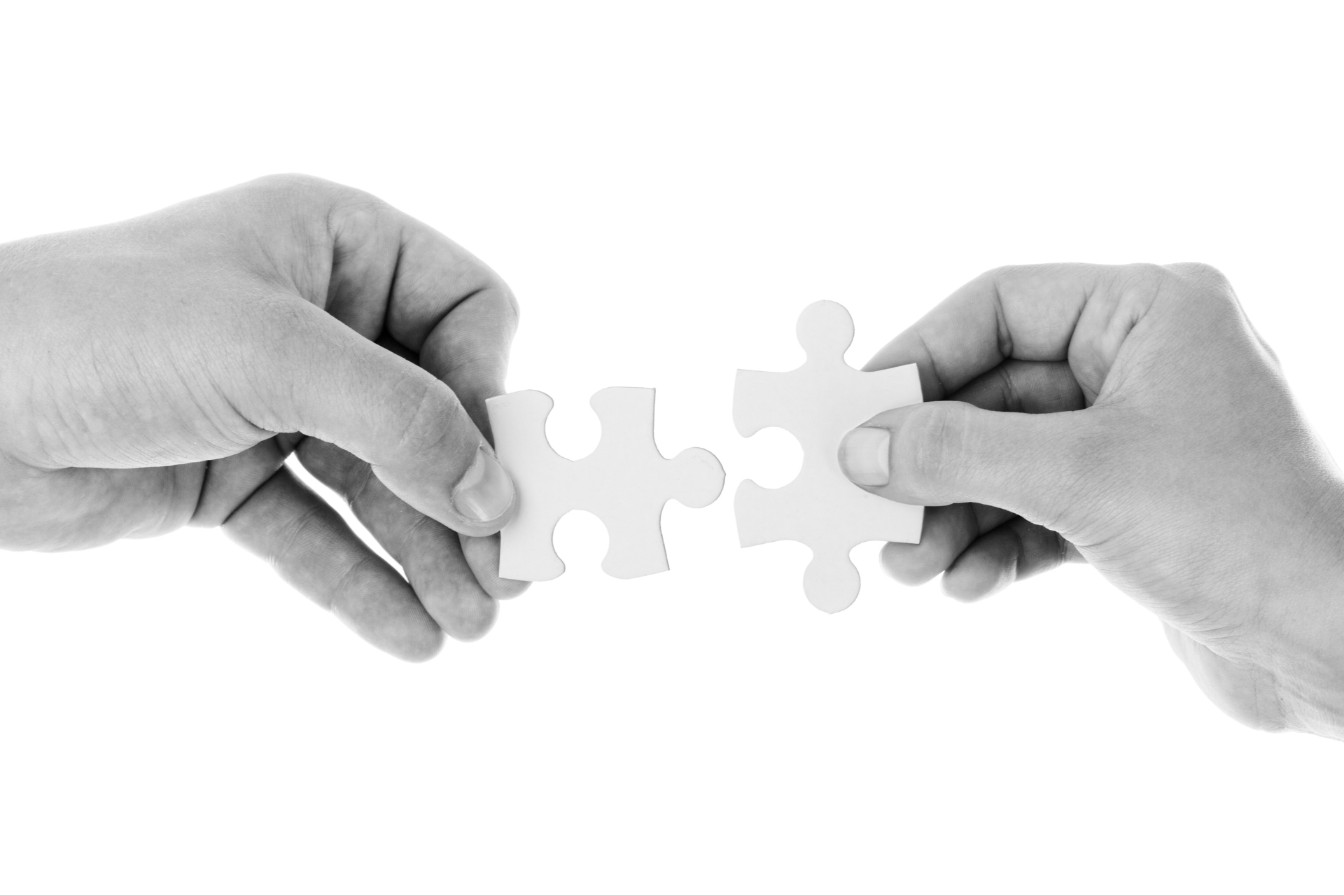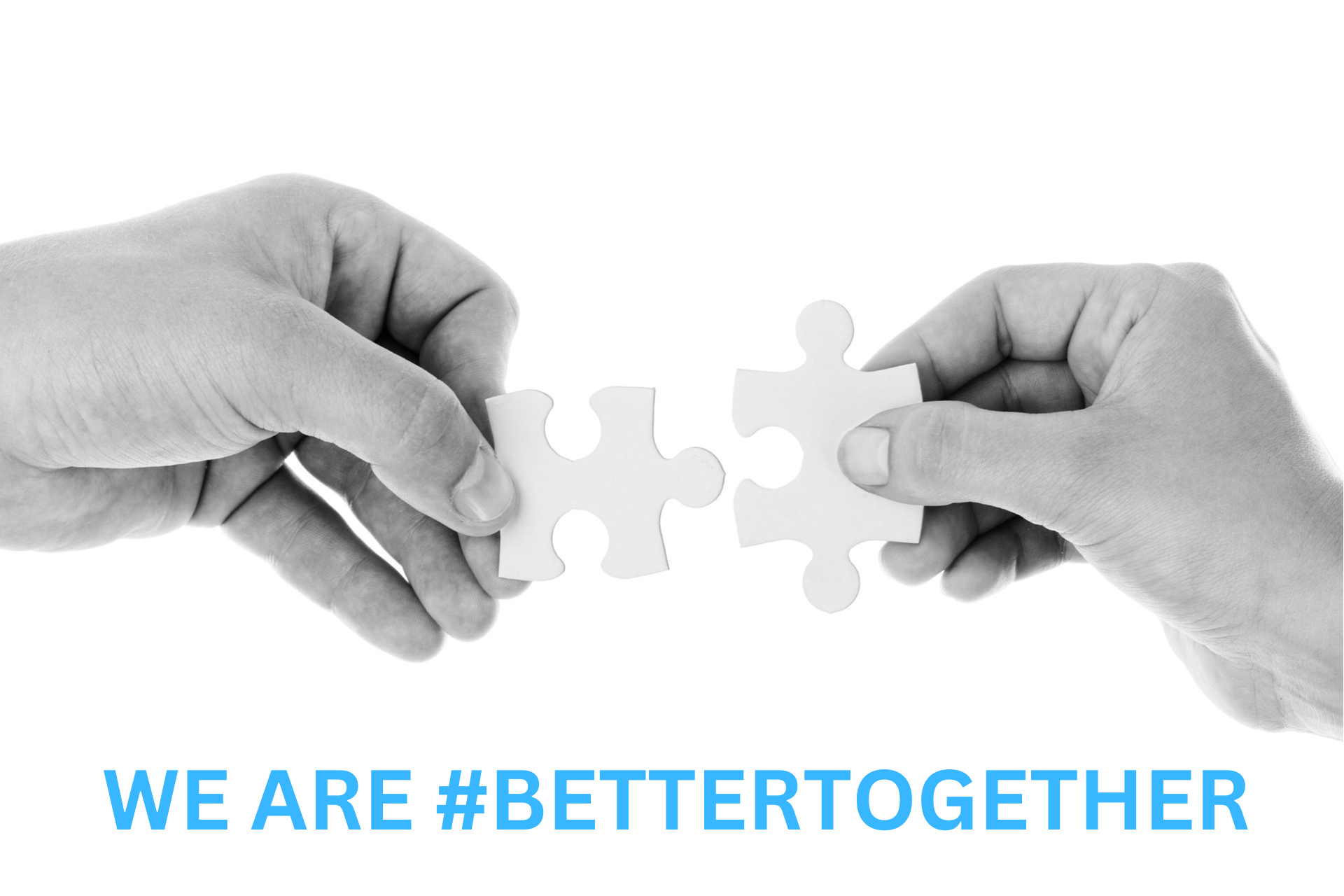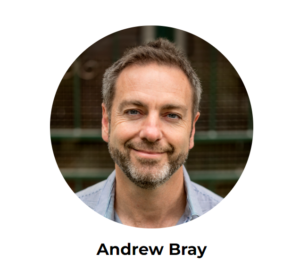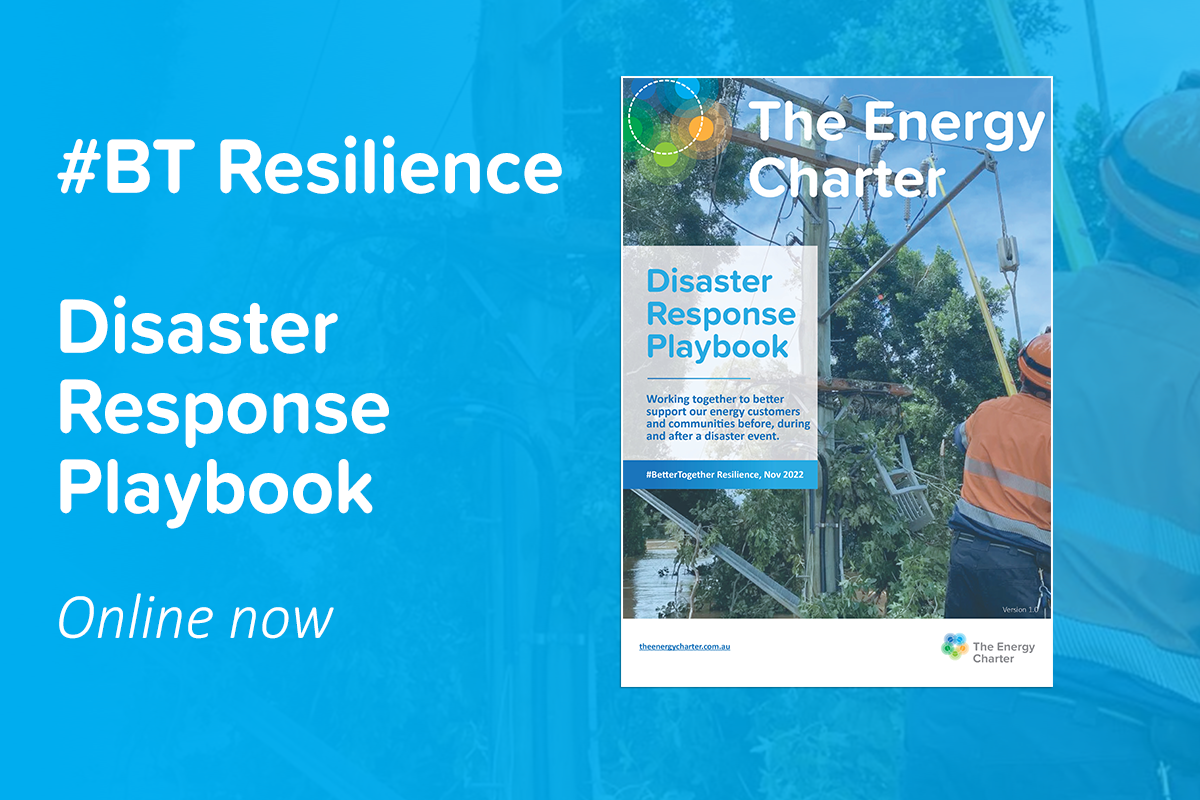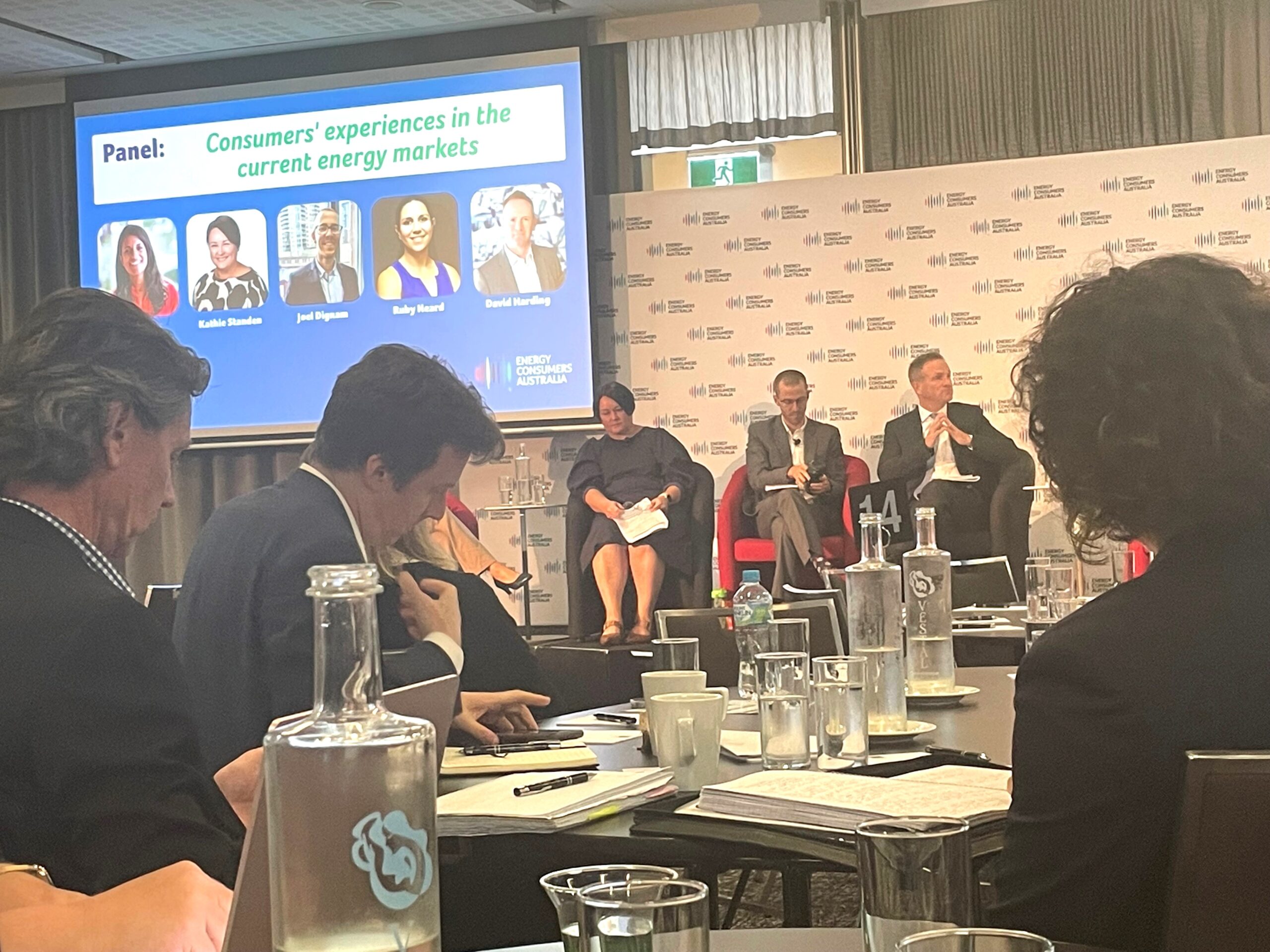Resilience is the capacity to withstand or recover quickly from difficulties – it is essentially a measure of toughness. And unfortunately, it’s become the buzz word of the 2020’s, with a global pandemic and cumulative, compounding natural disasters testing individuals and communities around the world.
Here in Australia, the Royal Commission into National Natural Disaster Arrangements, established that regrettably, that these events will be more frequent and more severe placing increased stress on existing emergency management arrangements.
Meanwhile, changing technology is resulting in growing cross dependencies for many key services, especially in the area of communication.
So where does this leave us? How can we help our customers to be more resilient and put plans in place before a disaster event?
Following the launch of the Thriving Communities Partnership (TCP) Disaster Planning and Recovery Collaborative Research in November 2021, Energy Charter signatories created the #BetterTogether Resilience initiative to look at ways to practically implement the TCP recommendations across the energy supply chain.
Together, they identified an opportunity to work together to better support customers before, during and after a disaster event by co-designing a Disaster Response Playbook (playbook) for the energy sector.
The playbook offers guidance around the roles, processes, and use of emergency response agency information to enable a more coordinated and process driven approach to customer support during this time.
Recently Ciara Stirling, TCP CEO joined us for the panel discussion to launch the playbook. She opened the session noting that natural disasters have both a “layered impact” and “long-tail”.
“Twelve months after a disaster, many people remain in difficult circumstances, including navigating a financial maze and the mental health impacts of trauma and stress,” she said.
From community awareness of what a disaster is, to inadequate infrastructure in disaster prone areas and under- insurance, Ciara called out that our biggest opportunity to build resilience is to better coordinate before, during and after an event.
When asked “How do we better collaborate and co-design solutions?”, panelist Michael Dart, Executive General Manager – Customer at Energy Queensland said, “You can never ever collaborate too much – it’s not possible, because you’ll always learn something new from a diversity of views.”
He also called out the importance of building and maintaining trust, “Trust meanders into town on a tricycle and it leaves in a Formula 1 Ferrari.
“It’s built up over a long period of time, it requires you to know your customers, deliver value and make it easy for them in everything thing everything you do.”
He adds, “In a disaster it’s important to ensure your communication is in lockstep with other providers and utilities and that your response is above and beyond what you’d usually provide.”
During the discussion, panelist Rob-Amphlett Lewis, Chief Customer Officer at Ausgrid noted that enabling coordination comes down to being more prepared.
He says, “We must never waste a crisis – if we take advantage of what we learn and work together as a result of these crisis events, we can do things better for our community in the future.”
He shared that Ausgrid had invested in modelling research to assess how climate change is likely to impact Ausgrid’s electricity network and which areas are most prone to weather related disasters. With this information, Ausgrid are now proactively working with targeted Local Councils and community groups to increase readiness for a coordinated disaster response.
He says, “Resilience and disaster response isn’t the responsibility of just the network, it the responsibility of a community. We’re constantly asking, ‘Who else needs to be involved?'”
He also pointed out that an essential part of preparedness is listening, “You can’t really understand what as a business you need to do, if you don’t understand what your customers want”, he explained.
From trust to preparedness all panelists agreed that, building disaster resilience comes down to the following:
1. Communication & Education – where do we get information, how is it delivered and who needs to know. Education around safety and processes, resilience, and operations
2. Coordination & Collaboration – work together within the sector and across the ecosystem
3. Planning & Preparedness – playing a role in collectively building community and individual planning and preparedness
4. Learning Loops & Better Practice – sharing back for continuous improvement and action. There is ample research showing that individual level resources contribute to the positive adaptation after disasters.
The Disaster Response Playbook includes key recommendation on each of these focus areas, to enable organisations to flexibly respond to their own customers and community’s needs.
